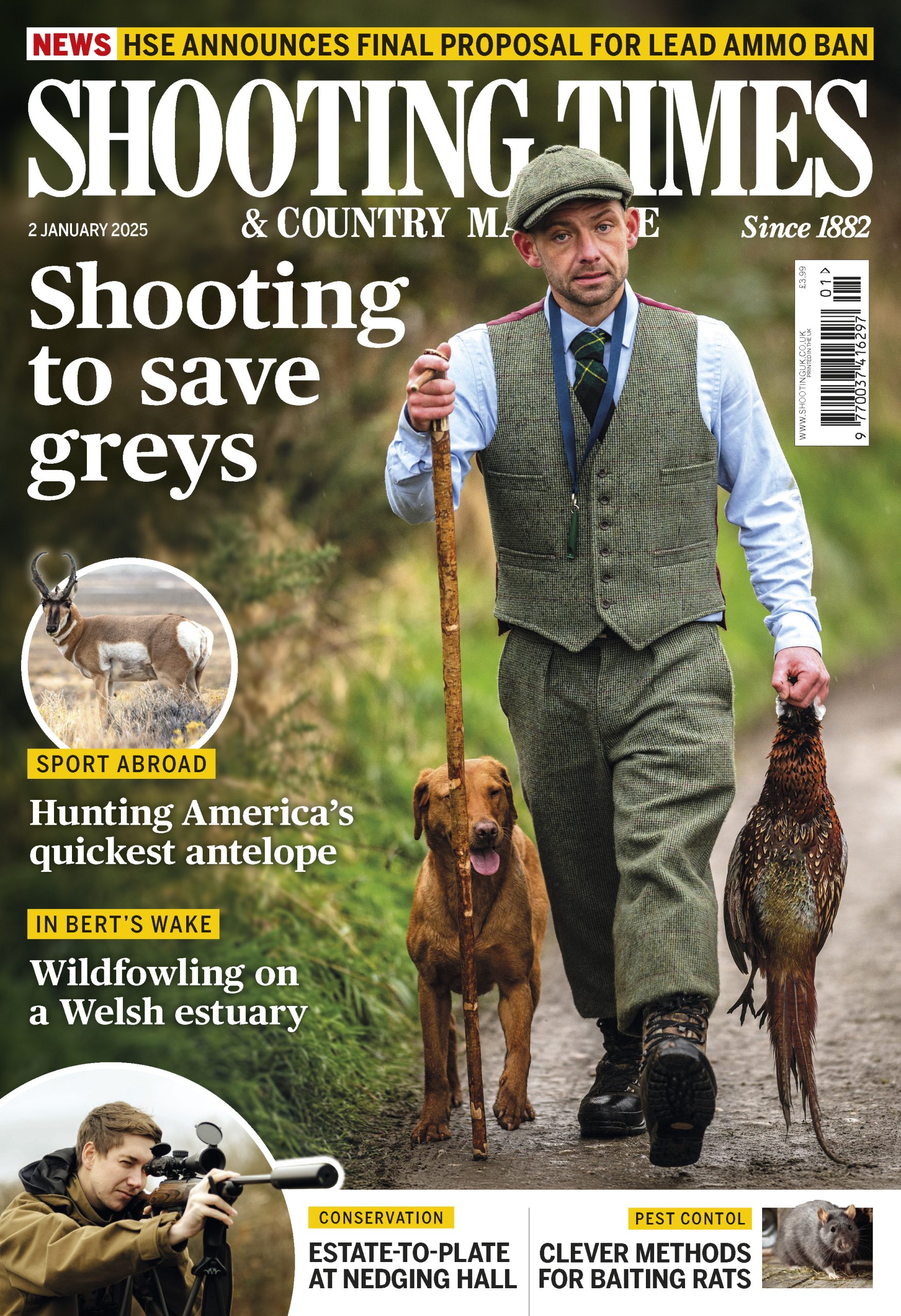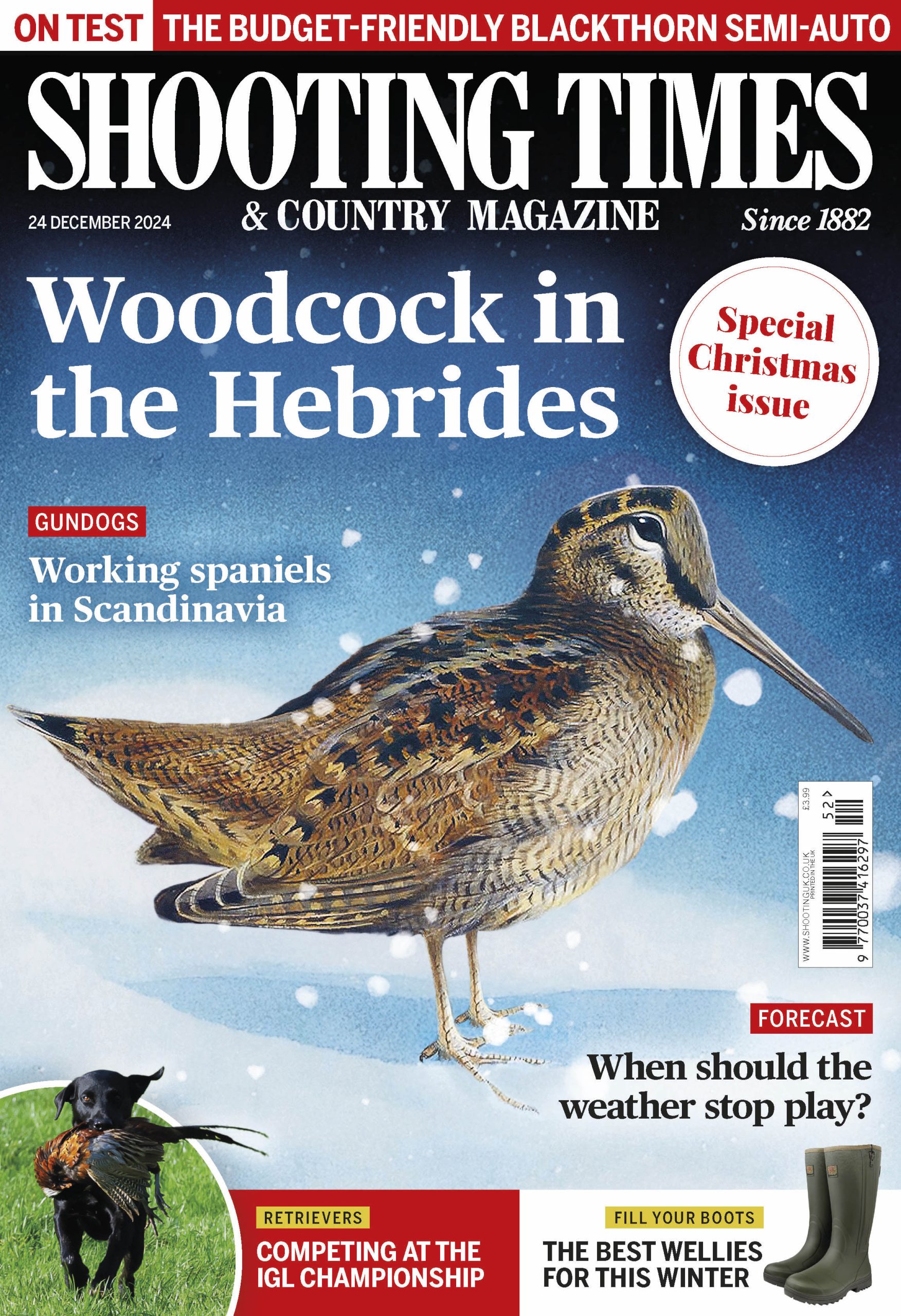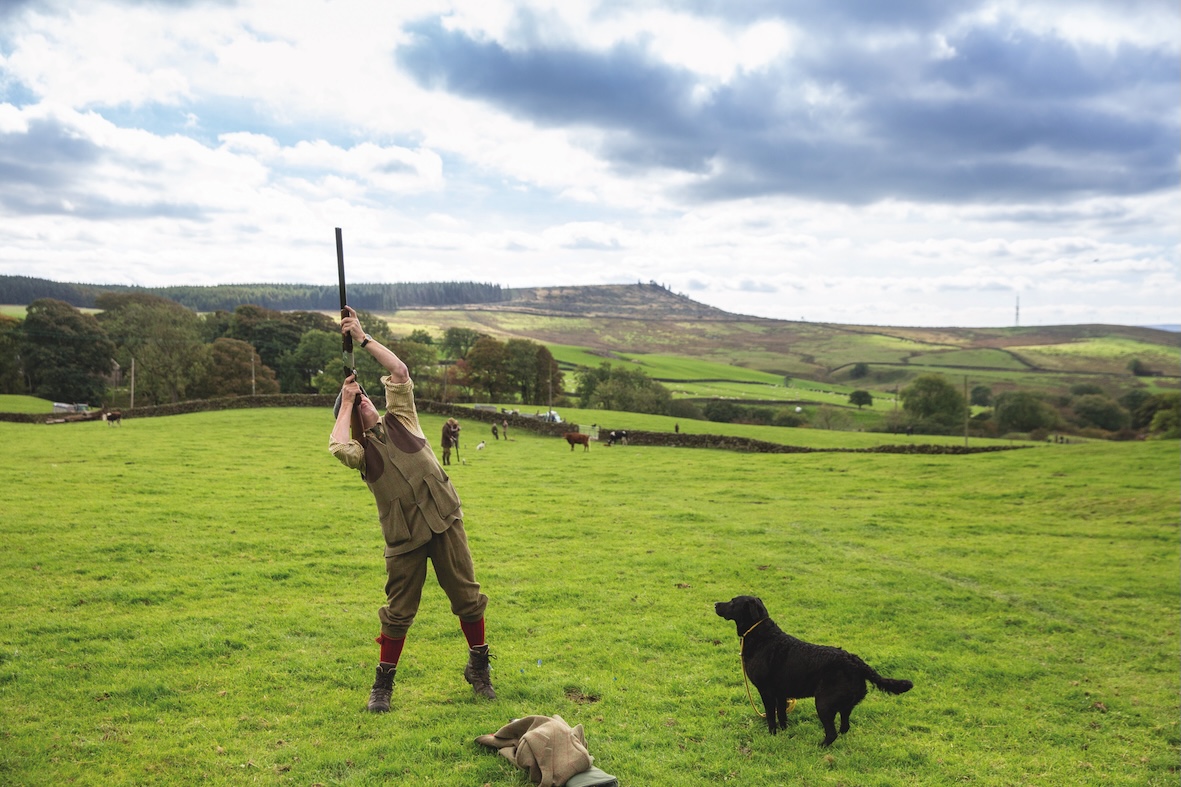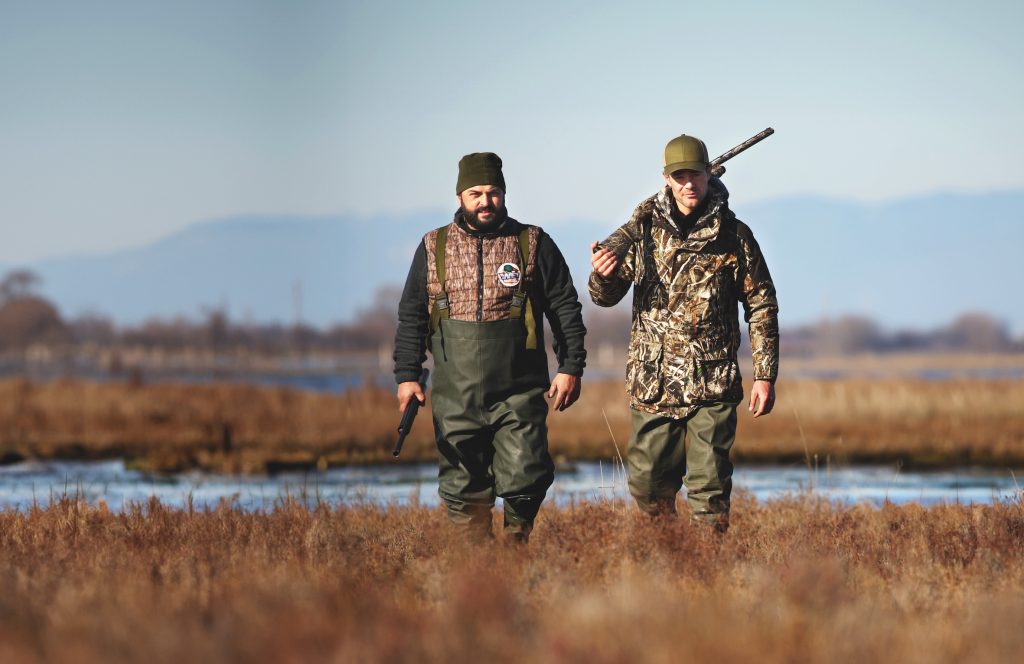Win CENS ProFlex DX5 earplugs worth £1,149 – enter here
Choosing the best foreshore shotgun
Discover the top shotguns for wildfowling in 2025. From premium Beretta A400 Xtreme to budget-friendly Turkish models, find the perfect foreshore companion.

A Wildfowler’s guide to shotgun selection
The first goose skein appears as a dark ribbon against the pewter dawn. Their calls carry across the marsh on a bitter north-easterly. You’re crouched in a creek, muscles stiff from the cold, when they break formation and commit to your decoy spread. Heart hammering, you mount your semi-auto with practised ease – three geese fold cleanly.
Now picture the same scenario, but your inertia-driven gun fails to cycle because you jarred it against the muddy bank. Click. The skein veers away. Your season – perhaps your year – has just been defined by your choice of shotgun.
This isn’t hyperbole. The foreshore demands more from a shotgun than any other shooting discipline. Your gun must function flawlessly while caked in estuarine sludge, withstand corrosive saltwater spray, remain reliable in sub-zero temperatures, and still swing smoothly after a five-mile trudge across the marsh. Get it wrong and you’ll spend more time cursing than shooting. Get it right, and you’ll have a companion for decades.
Why semi-automatic shotguns dominate
Semi-automatics dominate modern foreshore shooting for good reason: they are fast, reduce recoil from magnum loads, and their actions absorb punishment. However, not all semi-autos are equal for wildfowling.
Browning Maxus II
The Browning Maxus II represents the evolution of a legendary foreshore workhorse. It’s a serious investment, but proven reliability comes at a price. Its gas system cycles consistently even when coated in mud, saltwater, and decayed vegetation. The self-cleaning gas piston and generous ports prevent choking – crucial when you’re miles from your vehicle.
Its 3½-inch chamber handles light 70mm duck loads and heavy goose magnums alike. The second generation improves ergonomics and weather resistance, earning its reputation through decades on British marshes.
Beretta A400 Xtreme
At the premium end, the Beretta A400 Xtreme delivers Italian engineering at its finest. Its Blink gas system cycles a cartridge in 36 thousandths of a second, reducing felt recoil and enabling rapid follow-up shots.
The Kick-Off recoil reduction system is ideal for two-ounce tungsten loads. With 3½-inch chambers and synthetic stocks, the Xtreme is built for wildfowling. Top money buys a gun that could outlast your shooting career.

Budget-friendly semi-autos
For cost-conscious fowlers, options today are better than ever.
Franchi Affinity3
The Franchi Affinity3 combines Italian design with affordability. Its inertia-driven action is reliable, the 3-inch chamber handles standard loads, and the TSA recoil pad reduces kick. Red fibre-optic sights aid low-light shooting.
ATA Venza
The ATA Venza offers extraordinary value. Modern Turkish gunmaking has improved, and the Venza’s gas system, 3-inch chamber, and synthetic stock meet most wildfowler needs. Parts and warranty support are limited, but its price is compelling.
EGE Arms EG 350
The EG 350 is under £500. Its inertia-driven semi-auto, 3-inch chamber, and 28-inch barrels are inspired by the Benelli M2. The EG 350-C camo model is ideal for marsh work, proving Turkish guns offer excellent value.
Mossberg 940 Pro Field
The Mossberg 940 Pro Field balances entry-level and premium features. Its oversized charging handle, bevelled loading port, and reliable gas system make reloading under pressure easier. Available in multiple barrel lengths, it performs on the foreshore and clay ground alike.
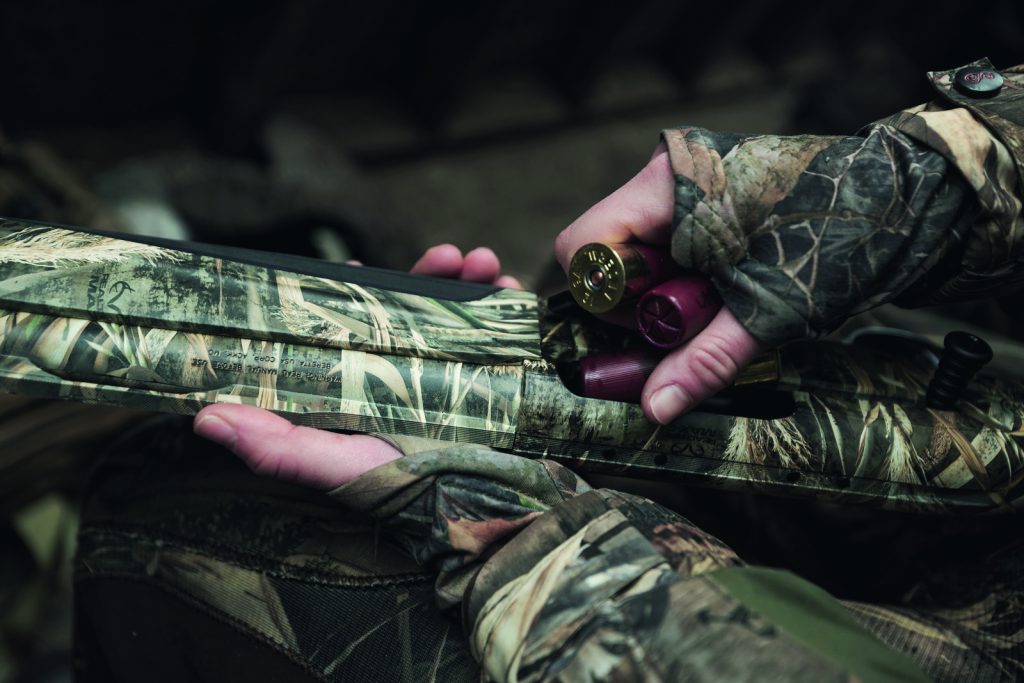
Considerations for double guns
Over-and-unders and side-by-sides remain popular for simplicity and reliability. They allow easy verification if barrels clog with mud and aid smooth mounting.
However, doubles are heavy, and recoil is sharper with magnums. A third shot may make the difference between a wigeon brace and a single bird. Prioritise weight (8–9 lbs minimum), 3-inch chambers, and steel-proofed barrels.
Barrel length and finish
Modern 24-28 inch barrels are sufficient for smooth swings on crossers. Synthetic or camo finishes protect against corrosion and concealment. Blued steel and polished walnut are less practical on the saltmarsh.
Chokes and maintenance
Screw-in chokes are essential, with ¾ and full for geese, improved cylinder and half for duck. Check regularly to avoid surprises.
Saltwater eats guns. Even stainless models need thorough cleaning after every outing. Gas systems require attention to prevent cycling issues. Inertia guns need care too. Maintenance is mandatory, not optional.
Conclusion
Some fowlers run cheap guns hard, others invest in quality. Both work if you maintain your firearm. Ultimately, your gun is a tool – skill, fieldcraft, and range judgement matter more than price. Choose a shotgun that fits, performs reliably, and you’ll maintain diligently.
Recommended shotguns for wildfowling
Comparison Table
Related Articles
Get the latest news delivered direct to your door
Subscribe to Shooting Times & Country
Discover the ultimate companion for field sports enthusiasts with Shooting Times & Country Magazine, the UK’s leading weekly publication that has been at the forefront of shooting culture since 1882. Subscribers gain access to expert tips, comprehensive gear reviews, seasonal advice and a vibrant community of like-minded shooters.
Save on shop price when you subscribe with weekly issues featuring in-depth articles on gundog training, exclusive member offers and access to the digital back issue library. A Shooting Times & Country subscription is more than a magazine, don’t just read about the countryside; immerse yourself in its most authoritative and engaging publication.
